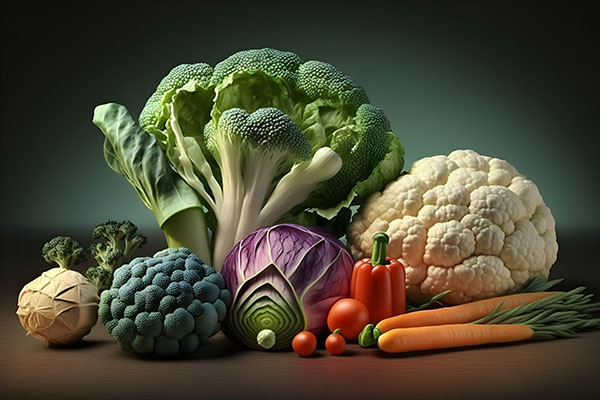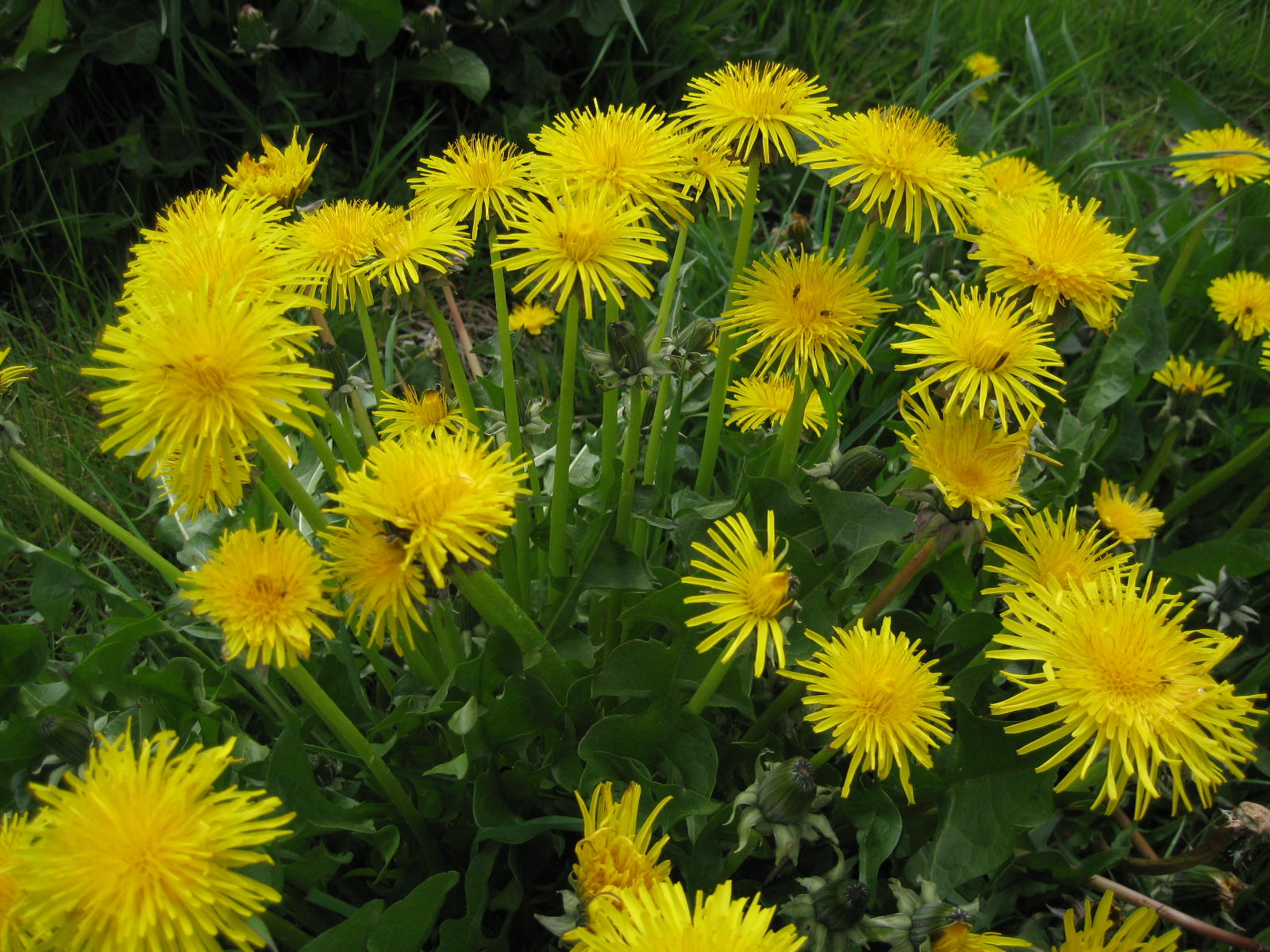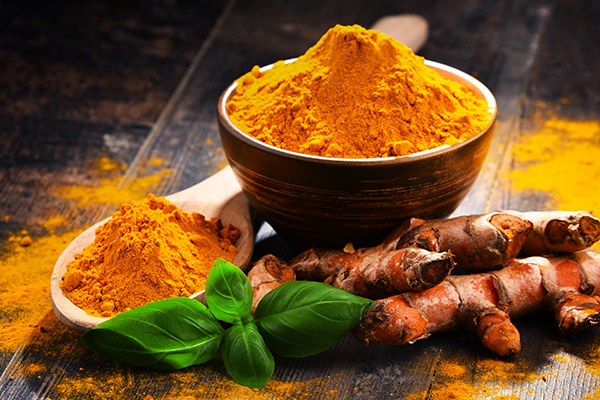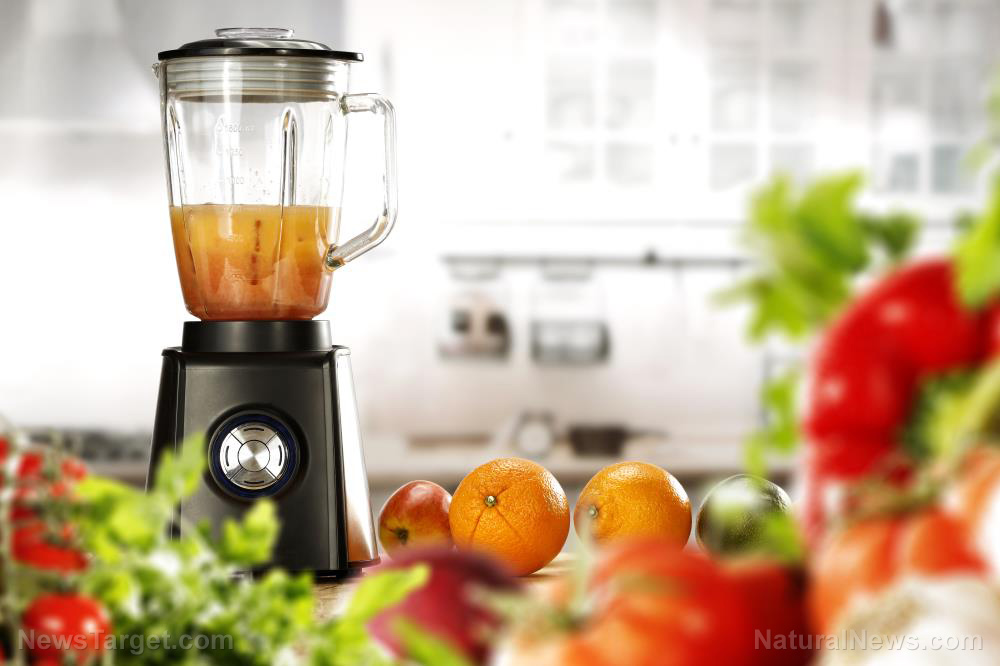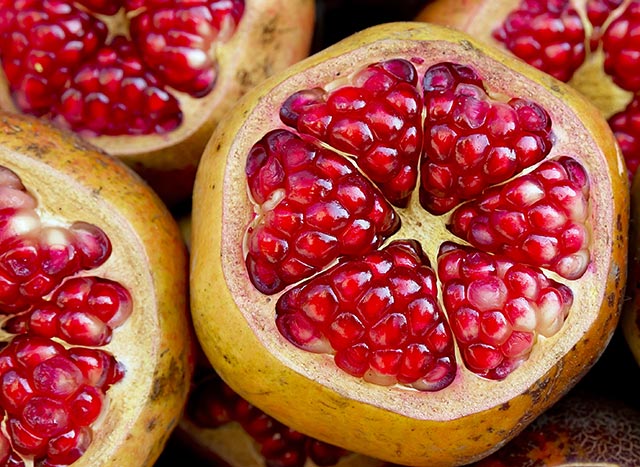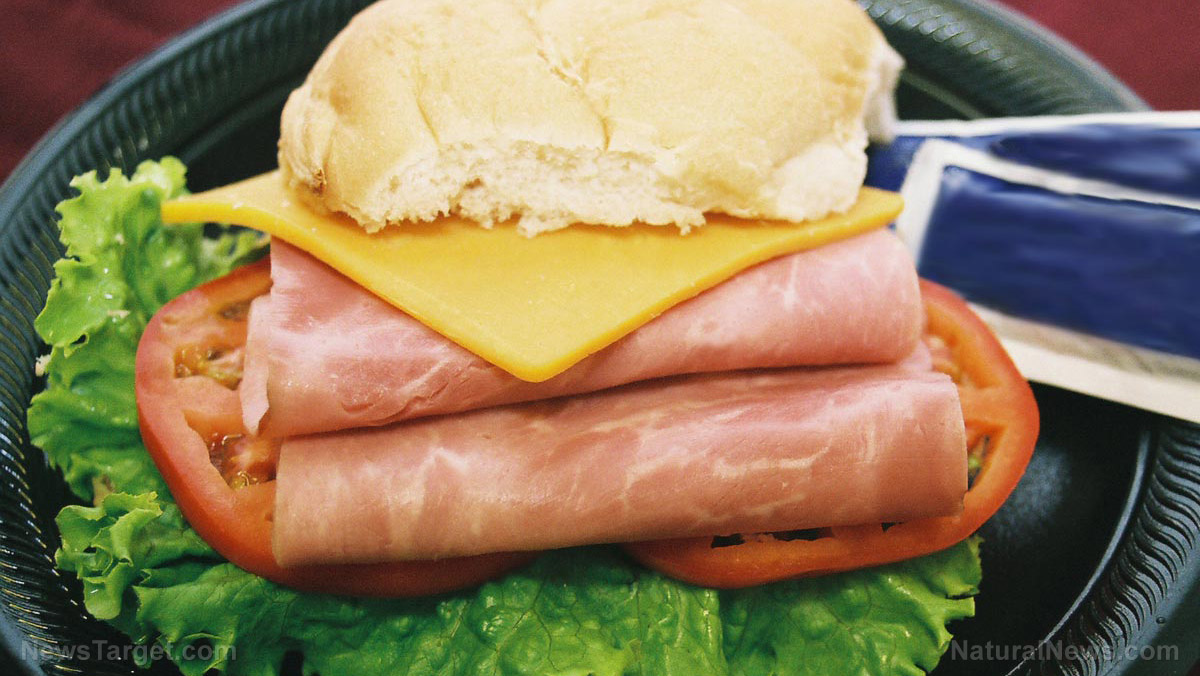Revolutionizing health: “The Blending Book” by Ann Wigmore
07/01/2025 / By Belle Carter
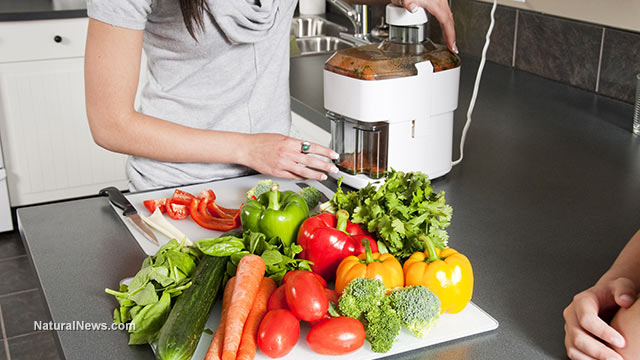
- Blending unprocessed foods releases vital enzymes, vitamins and minerals, reducing digestive strain and enhancing nutrient absorption. This practice helps the body heal naturally and address modern diet-related health issues.
- After overcoming severe health crises — including gangrene, arthritis and cancer — through a living foods diet, Wigmore championed blending as a key to vitality, energy restoration and disease reversal.
- While raw foods are nutrient-rich, many struggle to digest them. Blending preserves nutrients while making them easier to assimilate, acting as a digestive aid for optimal health.
- The book advocates a plant-based, enzyme-rich diet — excluding animal products — combined with blending to improve digestion, energy and overall well-being. Practical tips include equipment selection and gradual dietary transitions.
- “The Blending Book” provides detailed instructions, recipes and techniques (like using Rejuvelac) to integrate blended living foods into daily life, empowering readers to reclaim their health naturally.
“The Blending Book: Maximizing Nature’s Nutrients: How to Blend Fruits and Vegetables for Better Health” by the legendary Ann Wigmore is not just a cookbook; it’s a comprehensive guide to transforming your health through the art and science of blending. This book, first published in the late 20th century, continues to inspire readers with its revolutionary approach to nutrition and wellness.
Ann Wigmore’s story is one of resilience and innovation. Born in Lithuania in 1909, she immigrated to the United States at the age of sixteen, driven by the promise of the American Dream. However, her life took a dramatic turn at eighteen when a severe car accident left her with broken legs and a diagnosis of gangrene. Faced with the possibility of amputation, Wigmore turned to nature for a solution. She embraced a diet rich in greens, sunlight and fresh grasses, which led to a miraculous recovery, saving her legs from amputation.
But Wigmore’s journey was far from over. Later in life, she battled arthritis, migraines and even colon cancer. At fifty, feeling the weight of her ailments, she decided to make another radical change. She reverted to a diet of uncooked foods, including fresh fruits, vegetables and weeds and began experimenting with wheatgrass and sprouting methods. The results were nothing short of miraculous: Her health issues disappeared, her hair regained its color, and her energy levels soared, enabling her to work up to twenty hours a day.
At the heart of Wigmore’s philosophy is the concept of living foods. These are foods that are rich in enzymes, vitamins and minerals and they form the foundation of her approach to health. Living foods include super-nutritious young greens, sprouted nuts, seeds and grains and fermented preparations. Fresh wheatgrass juice, in particular, is highlighted as a potent source of nutritional healing and vitality.
However, Wigmore distinguishes between living foods and raw foods. She acknowledges that many people struggle to digest raw foods due to modern digestive issues. This is where blending comes into play. By blending foods, we can make them more digestible while preserving their vital nutrients. Blending acts as a digestive aid, allowing the body to absorb nutrients more efficiently and with less effort.
Wigmore emphasizes that blending is the easiest and most efficient way to prepare food that is both nourishing and easy to digest. When we blend foods, we break them down into a form that is easier for our bodies to process, reducing the stress on our digestive systems and freeing up energy for healing and maintaining health.
Consider the digestive system as a plumbing system. If we overwhelm it with hard-to-digest foods, it can become clogged and inefficient. Blending helps prevent this by making food more digestible and allowing our bodies to absorb more nutrients. This is especially beneficial for those who are ill, as blending can alleviate the extra effort required for digestion, allowing the body to focus on healing.
A comprehensive approach to health
The living foods lifestyle is not just about blending; it’s a holistic approach to health that emphasizes the consumption of foods in their most natural state. This means excluding meat, dairy and other animal products and focusing on plant-based foods that are rich in enzymes and nutrients. The benefits of this lifestyle are profound, including the potential to reverse health problems, boost energy levels, improve digestion and promote overall well-being.
For those new to blending, Wigmore offers several practical tips to get started:
- Invest in a good blender: A blender with a strong motor and stainless steel blades is essential for efficient blending.
- Experiment with different ingredients: Don’t be afraid to mix things up. Try combining different fruits, vegetables, nuts and seeds to find combinations that you love.
- Use Rejuvelac: This fermented wheatberry drink is a key ingredient in many recipes. It adds enzymes and probiotics, aiding digestion and boosting nutrient absorption.
- Start small: If you’re new to living foods, start by incorporating one blended meal into your day and gradually increase as you get more comfortable.
- Listen to your body: Pay attention to how different foods make you feel. Everyone’s body is different, so it’s important to find what works best for you.
In conclusion, blending is a powerful tool for maximizing the nutrients in the foods we eat. It’s a simple yet transformative practice that can help us reclaim our health and well-being.
Learn more about the book “The Blending Book” by watching the video below.
This video is from the BrightLearn channel on Brighteon.com.
Sources include:
Submit a correction >>
Tagged Under:
#nutrition, diet, food cures, food is medicine, food science, fruits, healing, health science, natural cures, natural health, Naturopathy, nutrients, organics, The Blending Book, tips, Veggies
This article may contain statements that reflect the opinion of the author




